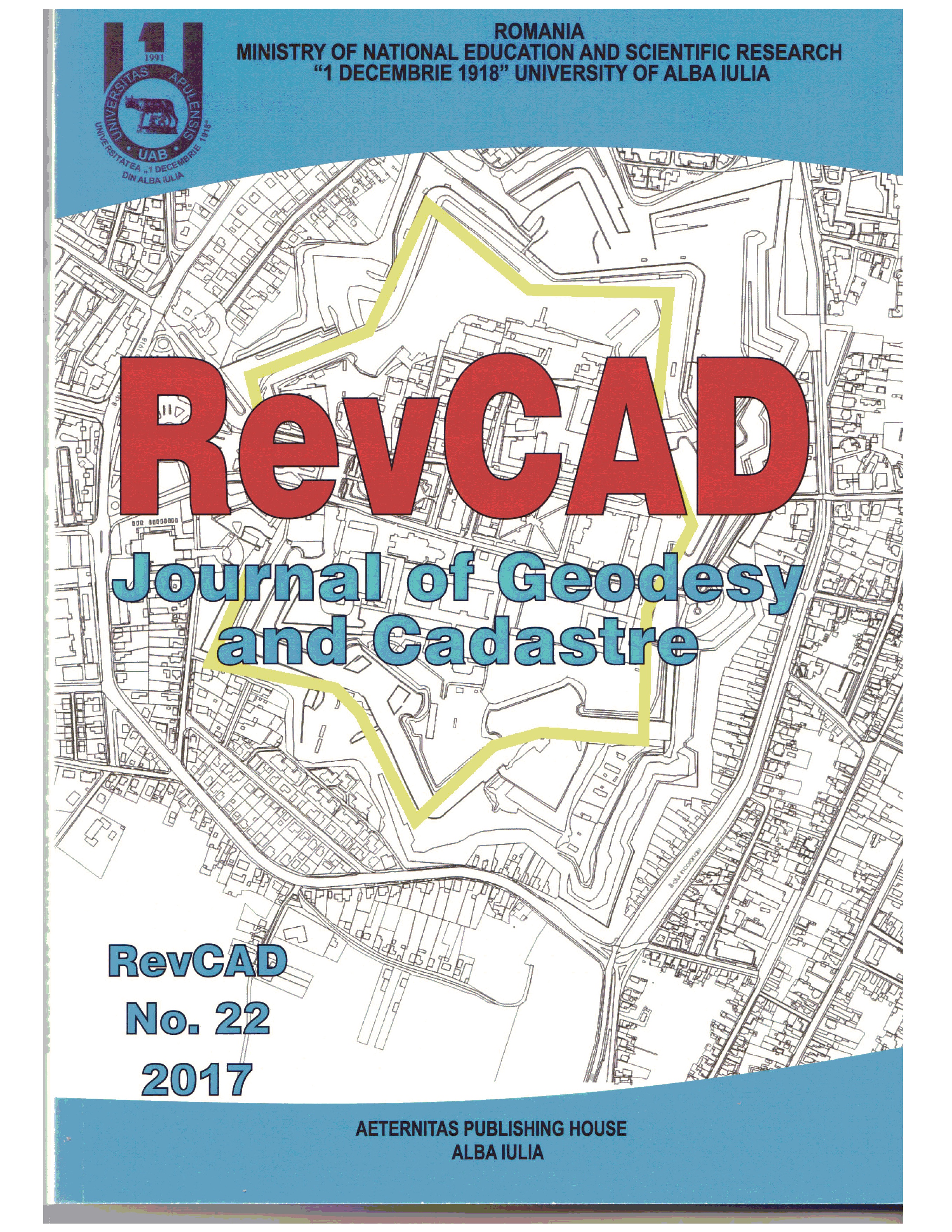The Remotely Piloted Aircraft System for 3D Modelling of a Cultural Heritage Building
The Remotely Piloted Aircraft System for 3D Modelling of a Cultural Heritage Building
The Remotely Piloted Aircraft System for 3D Modelling of a Cultural Heritage Building
Author(s): Corina Daniela Paun, Valeria Ersilia Oniga, Petre Iuliu Dragomir, Maximilian DiacSubject(s): Geomatics, Maps / Cartography
Published by: Editura Aeternitas
Keywords: 3D modeling; cultural heritage; RPAS; DJI Phantom 3;
Summary/Abstract: The Remotely Piloted Aircraft System (RPAS) has become in recent years increasingly used in more and more fields of activity (engineering, restoration, monitoring, environmental protection or journalism) providing an important source of data. This new technology, becomes a low-cost alternative to classical aerial photogrammetry. Commonly known as UAV or drones, these equipments have rotors or fixed wings and offers the possibility to acquire data with professional (DSRL) or compact (for amateurs) digital camera and can fly in manual, semi-automatic or autonomous modes. The sensor high quality, high battery autonomy lead to obtaining a dense point cloud with RGB values, used to create the 3D model of the desired objective. In this paper, the 3D model of a historic building was created as a point cloud and mesh surface, which were automatically generated based on the aerial image block acquired with a low-cost UAS, namely DJI Phantom 3 Standard. The image block was processed using the Structure from Motion (SfM) algorithm, combining the computer vision and photogrammetry.
Journal: RevCAD Journal of Geodesy and Cadastre
- Issue Year: 2017
- Issue No: 22
- Page Range: 203-212
- Page Count: 10
- Language: English

